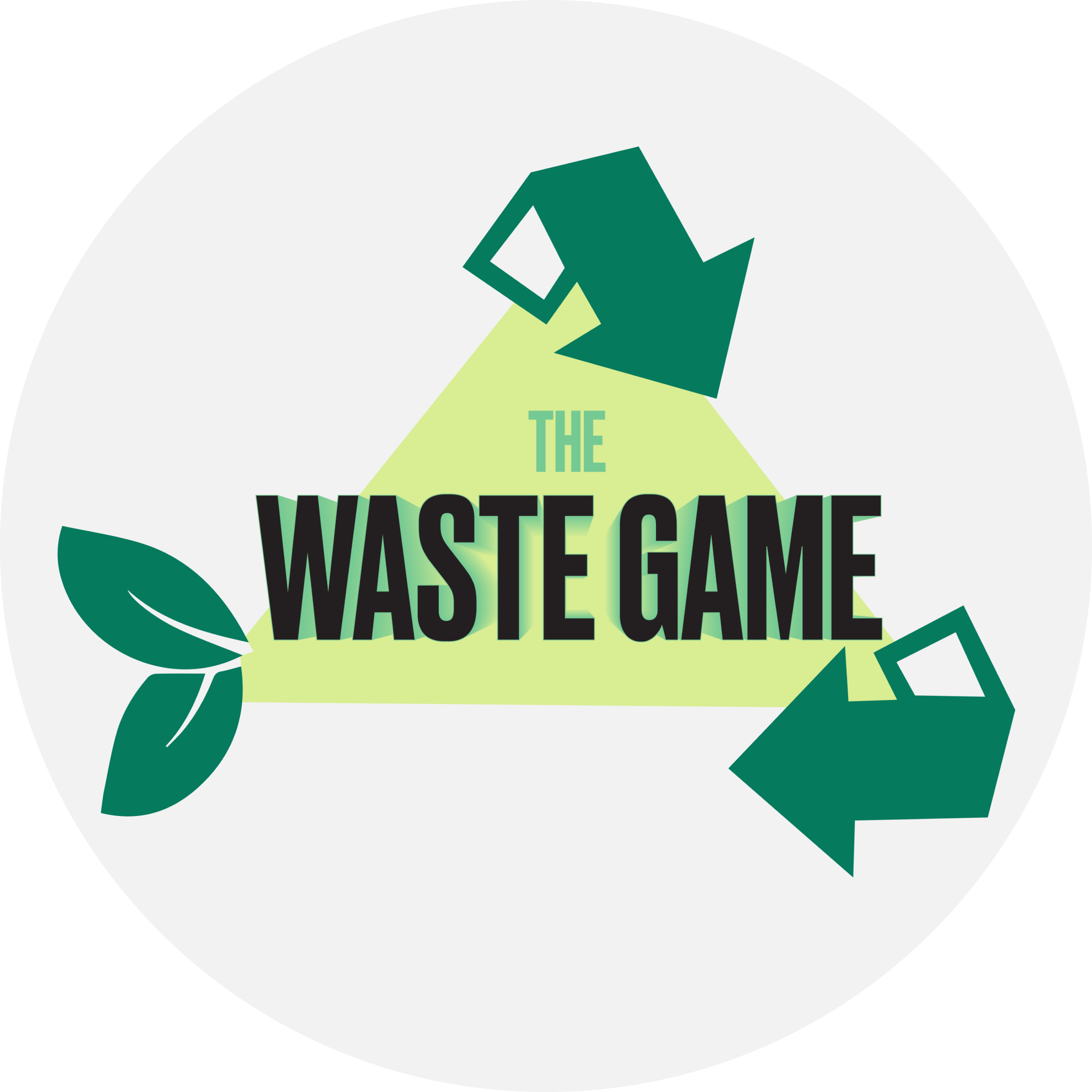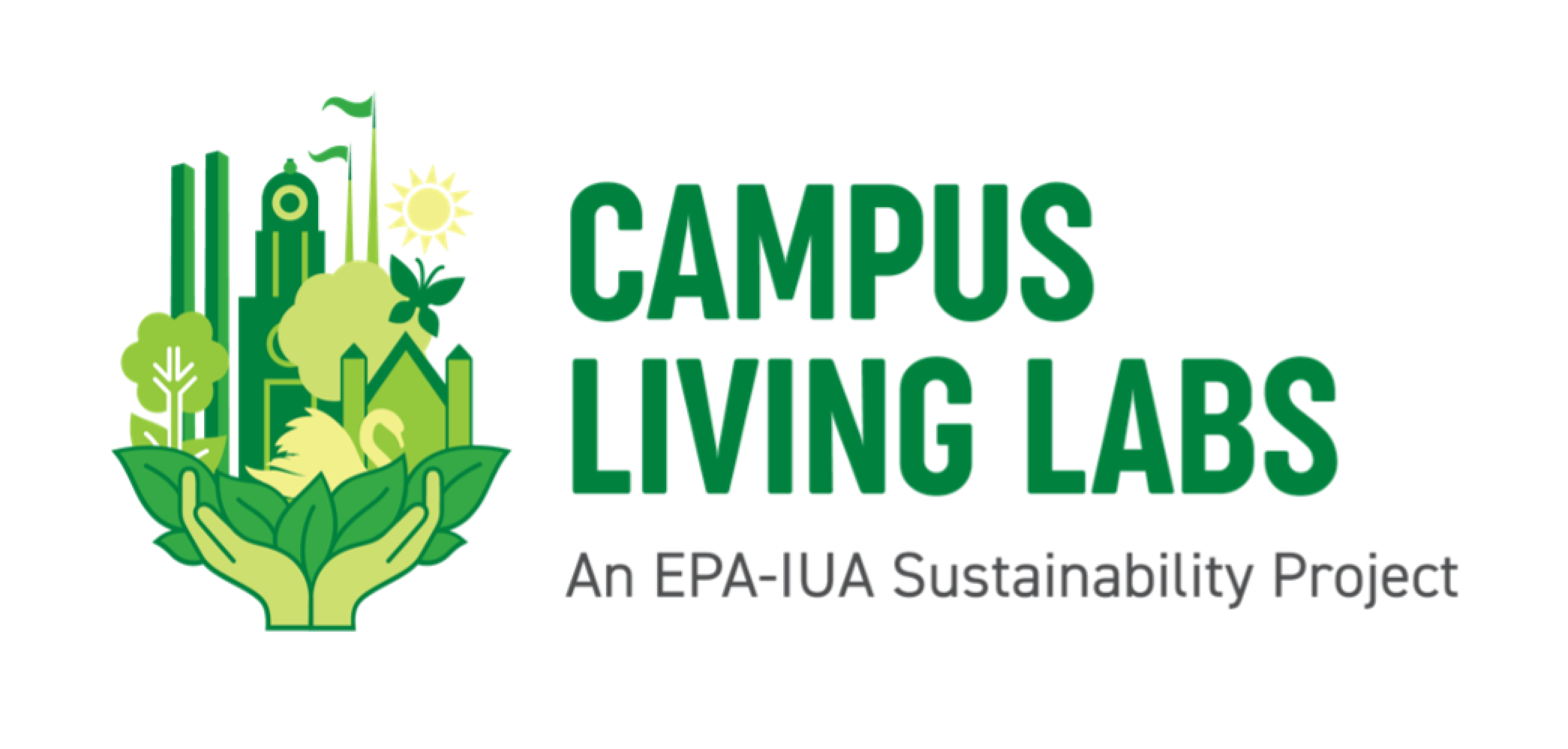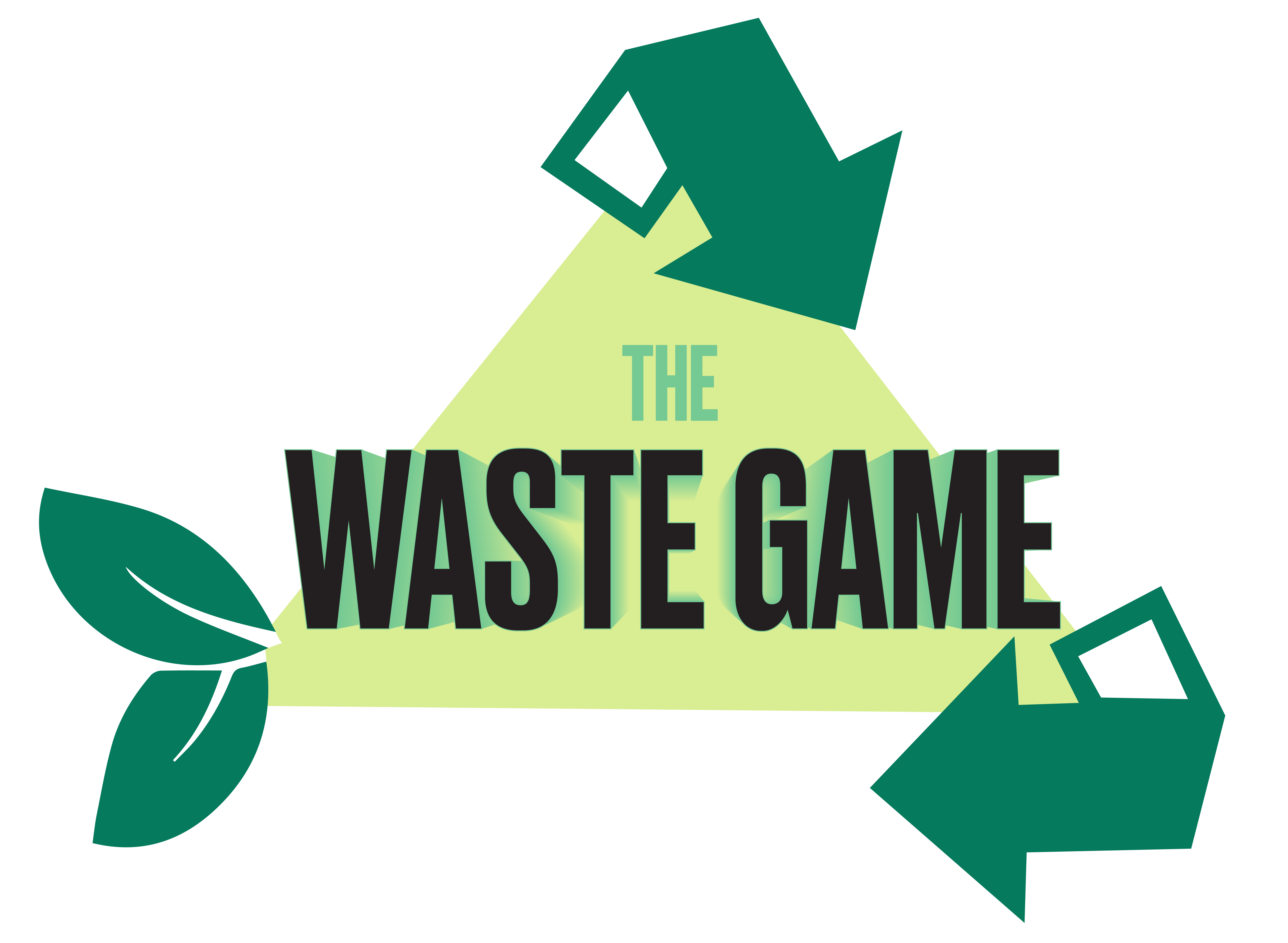
Can you prevent and recycle waste at your university?
Your goal
Each one of us produces about 100 kg of waste annually on campus.
We are putting effort into reducing our environmental impact by working down the waste hierarchy - our top priority is to prevent waste and then recycle any remaining waste as best as possible. But we need your help!
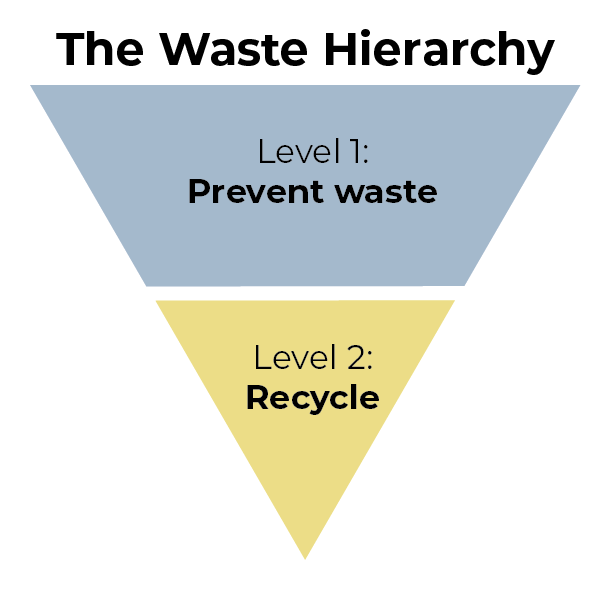
Take part in this collective effort by acquiring the right skills and knowledge to reduce your waste impact. Your mission is to complete levels 1 & 2 of the waste hierarchy.
Choose your mentor
Your mentor will use their experience to help you build your waste prevention and recycling skills.
Who do you pick?
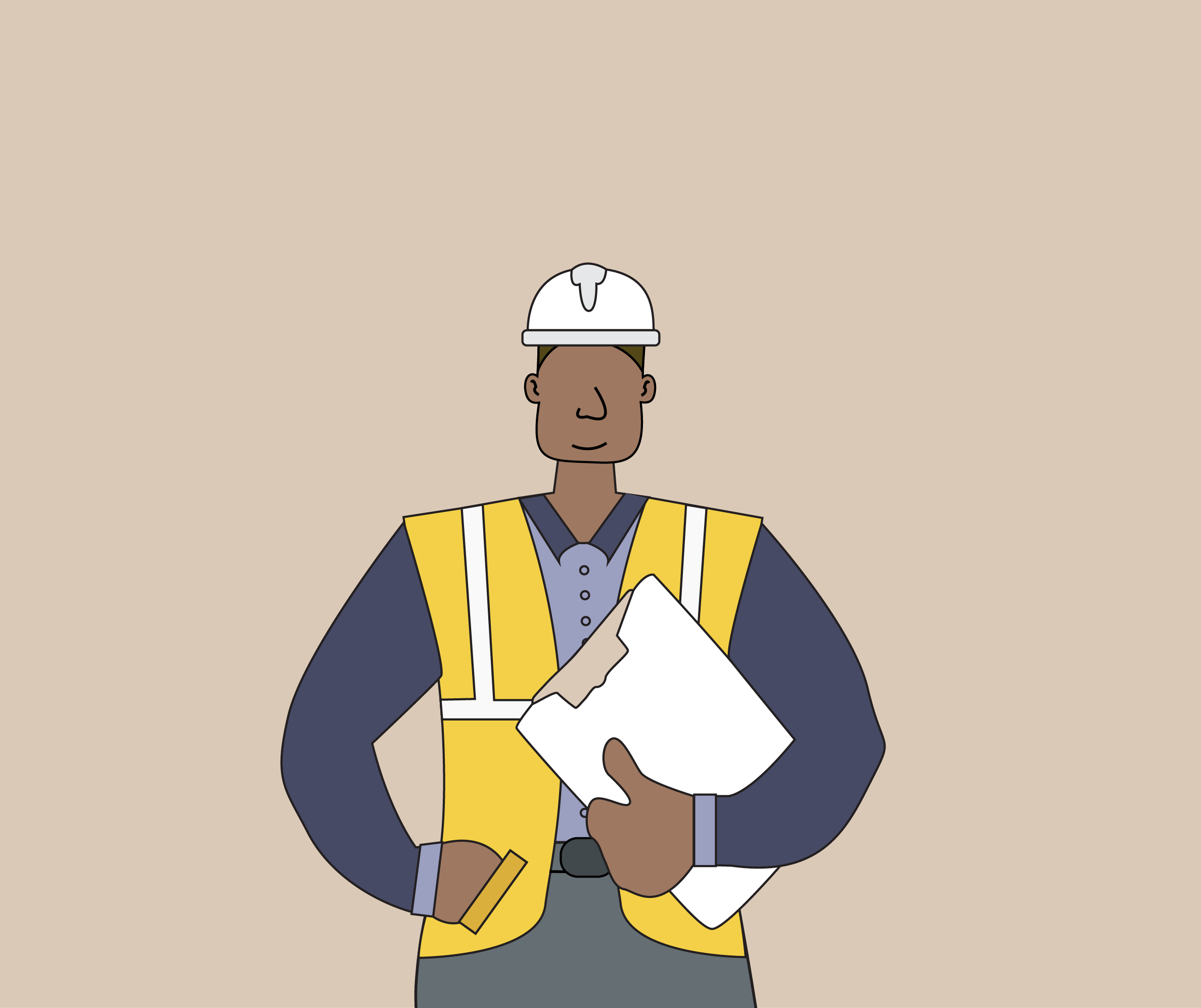
Conor Sorted
Waste Processing Plant Manager
Experienced manager with an in-depth understanding of waste sorting and recycling processes
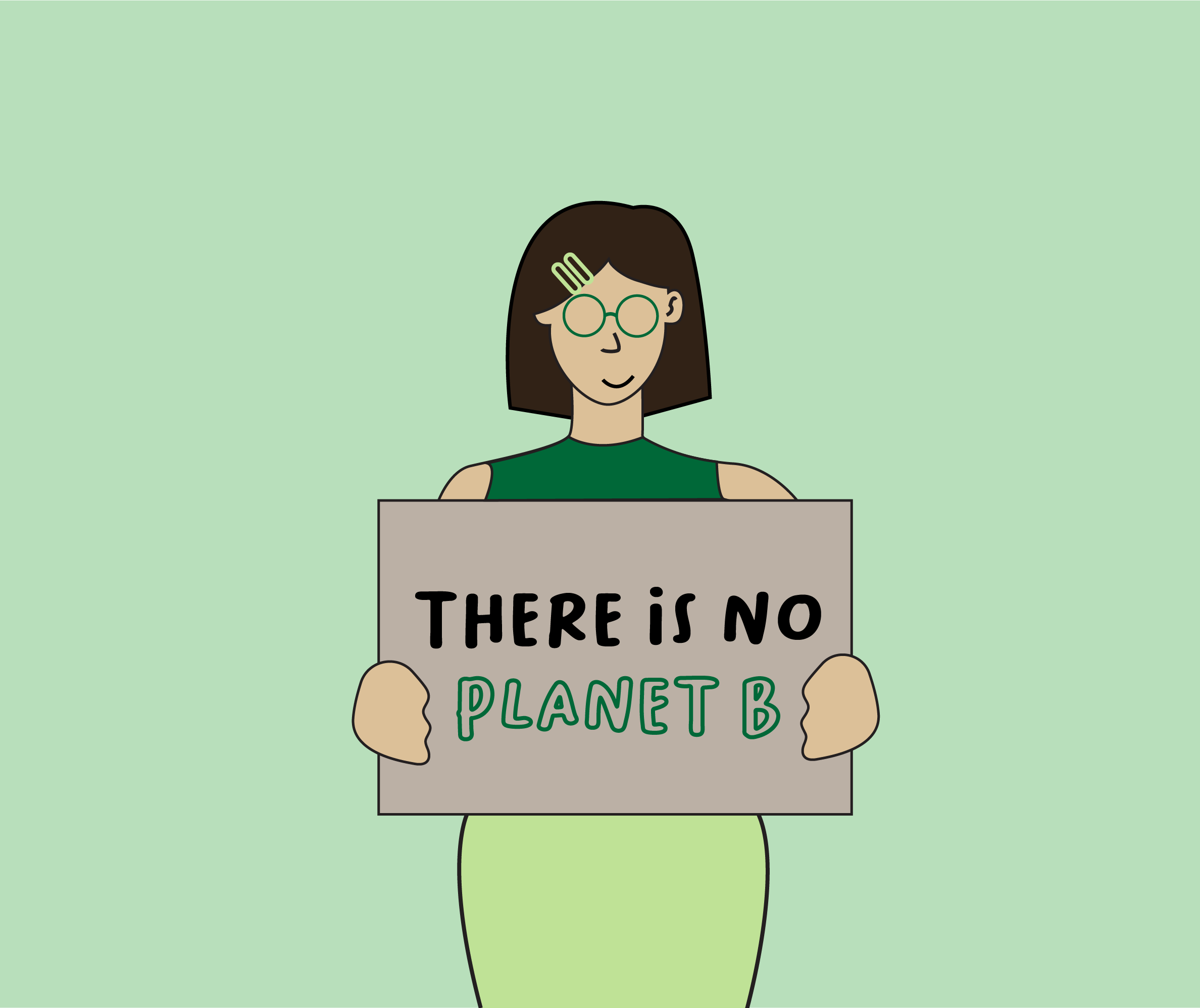
Emily Green
Green Campus Staff
Expertise in leading waste prevention and recycling initiatives on campus and in student engagement
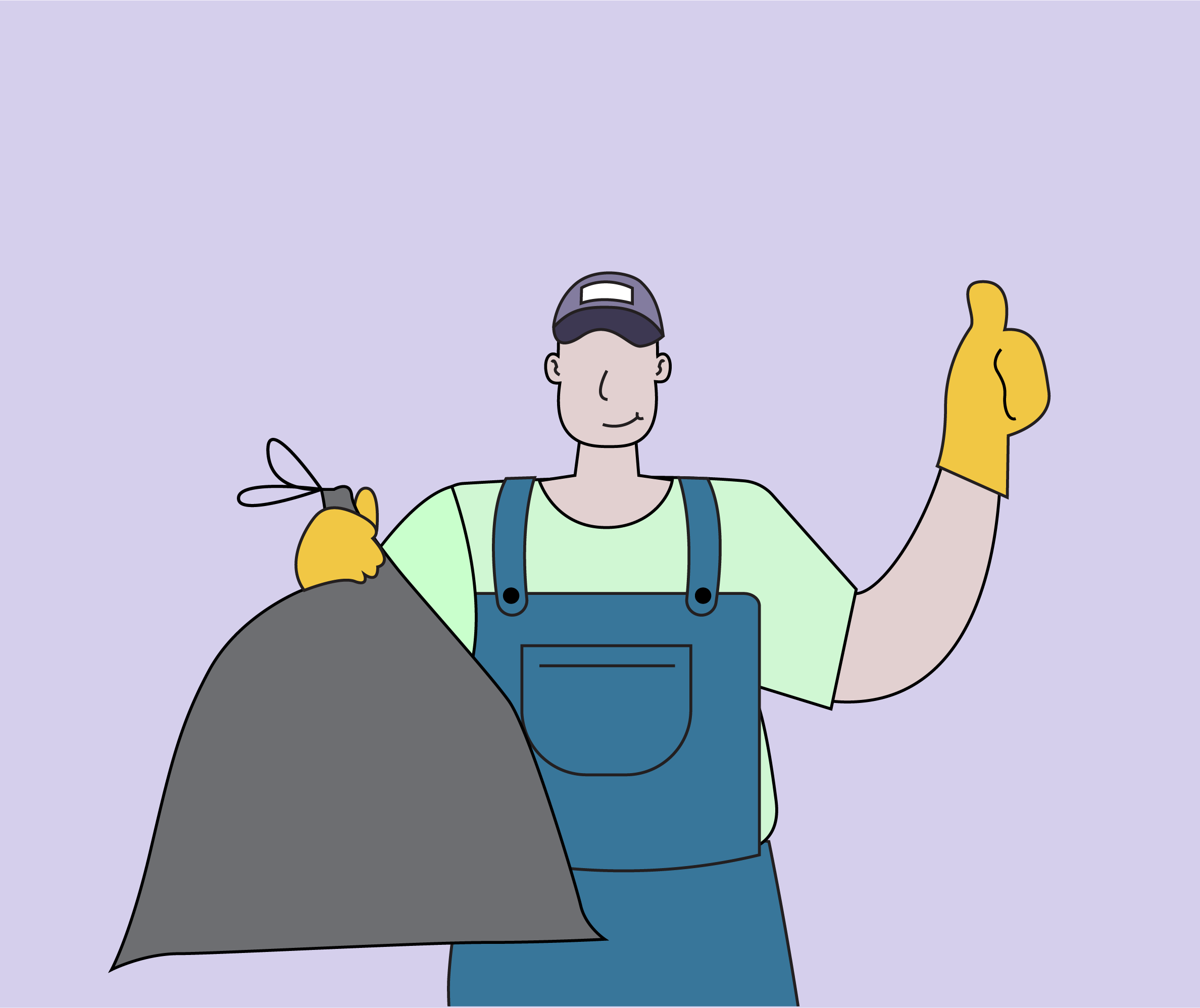
John O'Clean
Cleaner
Cleaner with 10+ years of first-hand experience collecting waste and assessing waste contamination levels.
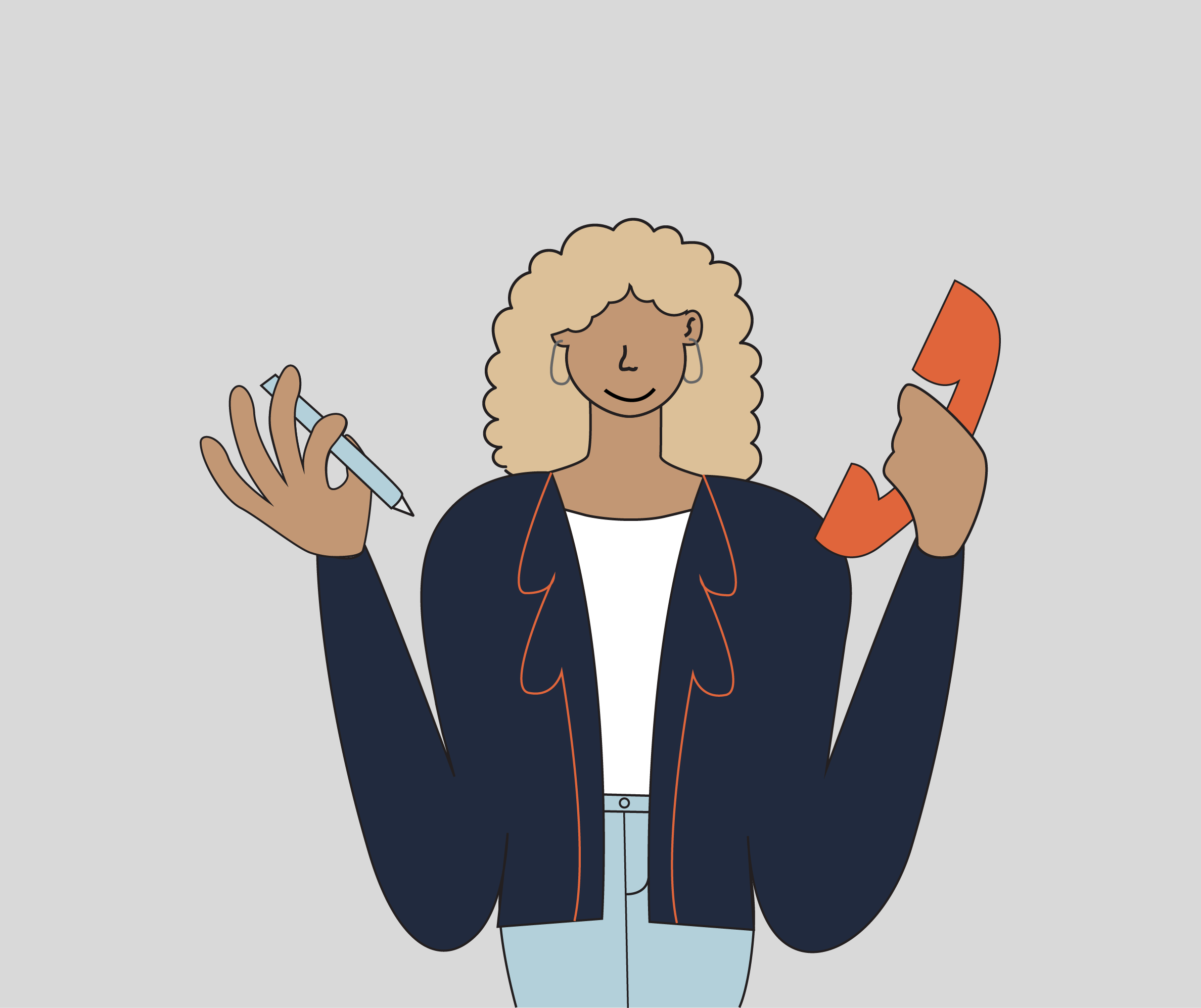
Grace McBuild
Estate Manager
Experience leading university waste management strategies and operations
Level 1: Waste prevention
Hi there,
Let's tackle the problem of waste at its core: your first goal will be to prevent waste!
Did you know that in coastal nations like Ireland, up to 5% of all plastic waste leaks into the ocean? Once at sea, it breaks down into microplastics. They then end up being swallowed by seabirds, whales and fish, making their way back into the food and water we eat and drink 🐟🐋
There are a few tricks you can do to help prevent this...
Challenge 1: Preventing waste on campus
The easiest way to reduce plastic waste is to avoid single use packaging.
When you head to university, remember to bring:
- ✅ A reusable coffee cup,
- ✅ A reusable water bottle, and
- ✅ A lunch box (either to pack your own food or to order takeaway on campus)
Let's see if you know why this is so important... you'll earn 1 point for each correct answer! 💪
Challenge 1/3 - quiz 1/2
On average, what share of the total amount of waste produced on campus comes from single-use bottles, cups and food packaging? 🥤🥡
🟢 That’s right, you earn 1pt! 😎
On average single-use bottles, cups, and food packaging represent around 25% of all waste produced on campus.
If we all remember to bring a reusable bottle, cup and lunch box with us to campus, we could reduce the total amount of waste by one quarter!
🔴 Close one! 😅
On average single-use bottles, cups, and food packaging represent around 25% of all waste produced on campus.
If we all remember to bring a reusable bottle, cup and lunch box with us to campus, we could reduce the total amount of waste by one quarter!
Challenge 1/3 - quiz 2/2
In the long run, what is the most sustainable option? 🥤
🟢 Nice one, you earn 1pt! 😎
The most sustainable option is to use a reusable cup.
Make the investment worthwhile by getting one made out of a durable and sustainable material and using it regularly (or use a deposit & return scheme if available).
In the long run, you will save money and reduce your waste impact. The same goes for water flasks and reusable food containers.
🔴 Incorrect! 🙁
The most sustainable option is to use a reusable cup.
Make the investment worthwhile by getting one made out of a durable and sustainable material and using it regularly (or use a deposit & return scheme if available).
In the long run, you will save money and reduce your waste impact. The same goes for water flasks and reusable food containers.
Also, you just responded correctly to all quizzes in Challenge 1. Well done, ✨you get 1 bonus point!✨
Challenge 2: Preventing waste when shopping
Well done, you’ve completed Challenge 1! 🎉
Imagine you've finished your classes for the day and are heading to a corner shop to buy some food. Remember these easy tricks to reduce your waste impact:
- ✅ Use a reusable shopping bag (or even your backpack!) 🎒,
- ✅ Check what you already have in your kitchen, plan what you will eat in the next 2-3 days and buy only what you need 🍞, and
- ✅ Choose products with minimal packaging 🛍️ (or packaging that can easily be recycled)
Let's see if you know why... you'll earn 1 point for each quiz you answer correctly! 💪
Challenge 2/3 - quiz 1/2
How much plastic do we eat each week as a result of microplastics contaminating our food, water and air? ☠️
🟢 Correct, you earn 1pt! 👍
On average, we ingest up to 5 grams of plastic a week, which is equivalent to a credit card!
A significant amount of plastic waste, such as shopping bags and food packaging, ends up in waterways and breaks down into microplastics, releasing toxic chemicals into the environment and impacting our health.
🔴 Unfortunately not... 🙁
On average, we ingest up to 5 grams of plastic a week, which is equivalent to a credit card!
A significant amount of plastic waste, such as shopping bags and food packaging, ends up in waterways and breaks down into microplastics, releasing toxic chemicals into the environment and impacting our health.
Challenge 2/3 - quiz 2/2
Although many packaging materials can be recycled, which ones should you avoid the most when shopping? 🛒🤔
🟢 Well done, you earn 1pt! 🥳
If you can’t avoid packaging altogether, choosing glass, metal, paper or cardboard over plastic packaging is best.
Glass and metal packaging can be recycled indefinitely. Paper and cardboard can be recycled up to 7 times but can decompose in a few weeks.
However, plastic packaging can only be recycled up to 2 times before it starts to lose quality. What’s more, it can break down into microplastics and release polluting chemicals into the environment 😵
🔴 Incorrect! 🙁
If you can’t avoid packaging altogether, choosing glass, metal, paper or cardboard over plastic packaging is best.
Glass and metal packaging can be recycled indefinitely. Paper and cardboard can be recycled up to 7 times but can decompose in a few weeks.
However, plastic packaging can only be recycled up to 2 times before it starts to lose quality. What’s more, it can break down into microplastics and release polluting chemicals into the environment 😵
Hey, it looks like you just responded correctly to all quizzes in Challenge 2. Nice one, ✨you get 1 bonus point!✨
Challenge 3: Preventing waste at home
That’s challenge 2 completed! 🚀
You have now finished your shopping and are heading back home. At home, keep these simple tips in mind:
- ✅ Avoid food waste by preparing smaller portions, covering leftovers properly, and freezing excess food 🥶,
- ✅ Set up a kitty or a shared budget with flatmates to share basic goods 🤝(e.g., milk, butter, oil, soap), and
- ✅ Collecting/donating second-hand items 👚 (e.g., clothing, pots & pans)
Let's see if you can figure out why... you'll earn 1 point for each quiz you answer correctly! 💪
Challenge 3/3 - quiz 1/2
What share of food waste can be avoided at home by better planning and storing? 🍕🌯🥕
🟢 That’s right, you earn 1pt! 😎
Around 60% of food waste are leftovers, spoiled fruit & veg and expired perishables that could have been eaten. This means you can help reduce food waste by almost two-thirds by simply planning what you buy and better storing food at home.
Here is a tip: keep a running list as you run out of items or take a photo of your fridge before you go shopping and buy only what you need 📸
🔴 Nope! 🙁
Around 60% of food waste are leftovers, spoiled fruit & veg and expired perishables that could have been eaten. This means you can help reduce food waste by almost two-thirds by simply planning what you buy and better storing food at home.
Here is a tip: keep a running list as you run out of items or take a photo of your fridge before you go shopping and buy only what you need 📸
Challenge 3/3 - quiz 2/2
What should you do if food is approaching the ‘use-by’ date?🥛🍤
🟢 Congrats, you earn 1pt! 😎
You should eat it asap or store it in the freezer (if suitable) 🥶
Food can be frozen right up to its use-by date. Keep an eye on dates, bring food that needs to be eaten soonest to the front or save it for the future!
Click here for more food storing tips💡
🔴 Nope 😞...
You should eat it asap or store it in the freezer (if suitable) 🥶
Food can be frozen right up to its use-by date. Keep an eye on dates, bring food that needs to be eaten soonest to the front or save it for the future!
Click here for more food storing tips💡
Oh, you just responded correctly to all quizzes in Challenge 3. Congrats, ✨you get 1 bonus point!✨

Well done! you’ve completed level 1 and unlocked the second level of the waste hierarchy 👏🎉
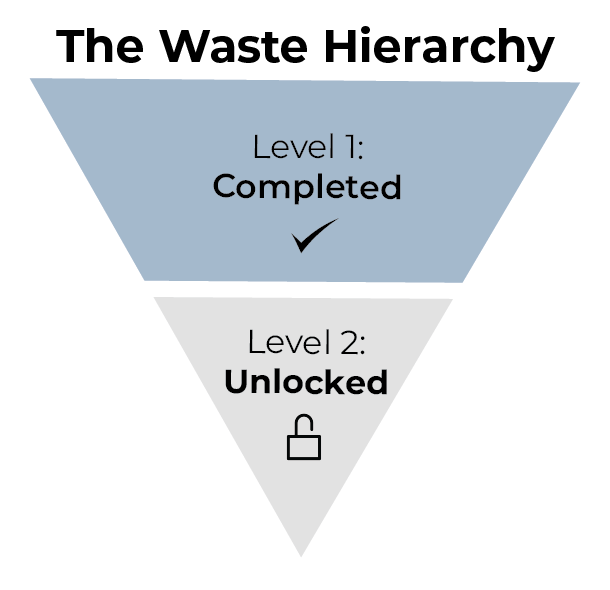
Prevent waste this year by selecting the actions you commit to. Together, we can reduce over 30% of all waste on campus by following the actions below.
Level 2: Waste recycling
Your next goal will be to learn how to sort any remaining waste as best as possible.
Sending waste to landfills pollutes the environment by emitting greenhouse gases (20% of global methane emissions) and releasing toxic liquids into the ground, contaminating water sources ☠️🚱
By closing the loop, recycling helps prevent waste pollution and saves natural resources and energy that would have otherwise been used to produce new products ♻️
Do you know how to improve recycling?
Challenge 1: Reducing waste contamination
Waste contamination is a big problem.
Recyclables often get contaminated by food residues and mixed with non-recyclable waste🍗🥤which sends the entire bin to landfill! 😨
Can you save recyclables from contamination and avoid polluting the environment?
Challenge 1/3 - quiz 1/3
What percentage of non-recyclable materials in a recycling bin is the threshold for it to be classed as “contaminated”?
🟢 Nice, you earn 1pt! 😎
If a recyclable bin contains more than 5% of non-recyclable waste or food residues, it will be considered contaminated and processed as general waste.
This means that if only a handful of people do not sort their waste correctly, the whole bin will not be recycled.
This is why it is so important that if you're unsure which bin an item goes in, it's better to throw it in the general waste bin!
🔴 Nope! 🙁
If a recyclable bin contains more than 5% of non-recyclable waste or food residues, it will be considered contaminated and processed as general waste.
This means that if only a handful of people do not sort their waste correctly, the whole bin will not be recycled.
This is why it is so important that if you're unsure which bin an item goes in, it's better to throw it in the general waste bin!
Challenge 1/3 - quiz 2/3
What are the top three most common non-recyclable items that contaminate recycling bins on campus?🚫
🟢 That’s right, you earn 1pt! 😎
The most common contaminants are food waste, followed by used tissues and glass bottles and jars.
While food waste and glass packaging should be placed in the food waste bin and in the glass bin, respectively, used tissues go in the general waste bin.
If we remember to sort these three items correctly, we can reduce waste contamination by 75%!
🔴 Close one! 😅
The most common contaminants are food waste, followed by used tissues and glass bottles and jars.
While food waste and glass packaging should be placed in the food waste bin and in the glass bin, respectively, used tissues go in the general waste bin.
If we remember to sort these three items correctly, we can reduce waste contamination by 75%!
Challenge 1/3 - quiz 3/3
What key action can you take to prevent recyclables from being contaminated by food residues?
🟢 Correct, you win 1pt! 😎
To avoid contaminating recycling bins, always keep recyclables clean, dry and loose!
Give them a quick rinse, leave them to drip dry and take different materials apart before you place them in the recycling bin.
🔴 Incorrect 🙁
To avoid contaminating recycling bins, always keep recyclables clean, dry and loose!
Give them a quick rinse, leave them to drip dry and take different materials apart before you place them in the recycling bin.
Also, you just responded correctly to all 3 quizzes in Challenge 1. Congrats, ✨you get 1 bonus point!✨
Challenge 2: Uncovering waste recycling labelling
Are you saying that was too easy?
Let's have a look at the different labels and symbols and see if you know what they mean! 🤔🔎
You'll earn 1 point for each question you answer correctly 💪
Challenge 2/3 - quiz 1/3
Some products display this symbol on their packaging. What do you think it means?
🟢 Well done, +1pt! 😀
This symbol (know as the "green dot") indicates that the packaging producer contributes financially to Ireland's recycling efforts, but this does not necessarily mean that the item will be recycled ⚠️
🔴 Nope! 😅
This symbol (know as the "green dot") indicates that the packaging producer contributes financially to Ireland's recycling efforts, but this does not necessarily mean that the item will be recycled ⚠️
Challenge 2/3 - quiz 2/3
Some products display this symbol on their packaging. Where should you place these types of packagings?
🟢 That’s right, +1pt! 😎
This symbol indicates that the packaging is industrially compostable and should be placed in the food waste bin.
As it requires special conditions to biodegrade fully, if a food waste bin is not available, it's best to place it in the general waste bin.
🔴 Incorrect 🙁
This symbol indicates that the packaging is industrially compostable and should be placed in the food waste bin.
As it requires special conditions to biodegrade fully, if a food waste bin is not available, it's best to place it in the general waste bin.
Challenge 2/3 - quiz 3/3
Here are the official Irish packaging labels. What does the symbol in the middle mean?
That’s right, you earn 1pt!😎
The symbol in the middle indicates that parts of the packaging may be recyclable, and others may have to go in the general waste bin.
For example, a liquid soap bottle should go in your recycling bin, while the pump dispenser in your general waste bin.
If you are unsure where to place an item, check the mywaste.ie website or put it in the general waste bin - you will avoid the risk of contaminating your recycling bin.
🔴 Incorrect 🙁
The symbol in the middle indicates that parts of the packaging may be recyclable, and others may have to go in the general waste bin.
For example, a liquid soap bottle should go in your recycling bin, while the pump dispenser in your general waste bin.
If you are unsure where to place an item, check the mywaste.ie website or put it in the general waste bin - you will avoid the risk of contaminating your recycling bin.
Wow, you just responded correctly to all 3 quizzes in Challenge 2. Nice one, ✨you get 1 bonus point!✨
Challenge 3: Ultimate waste sorting contest
Well done, you’ve completed the first two challenges of level 2. Are you ready for the final showdown? 😈
Your next challenge will be to learn how to sort common waste items! If you're unsure which bin an item goes in, it's better to throw it in the general waste bin to avoid contamination ⚠️
You will:
- 🟢 Win 1 point for each item you sort correctly,
- 🔴 Lose 1 point if you sort an item incorrectly and contaminate a bin
- 🟠 Neither win nor lose a point if you are unsure and you place a recyclable in the general waste bin
Good luck! 💪
Challenge 3/3 - quiz 1/10
In what bin does this item go?
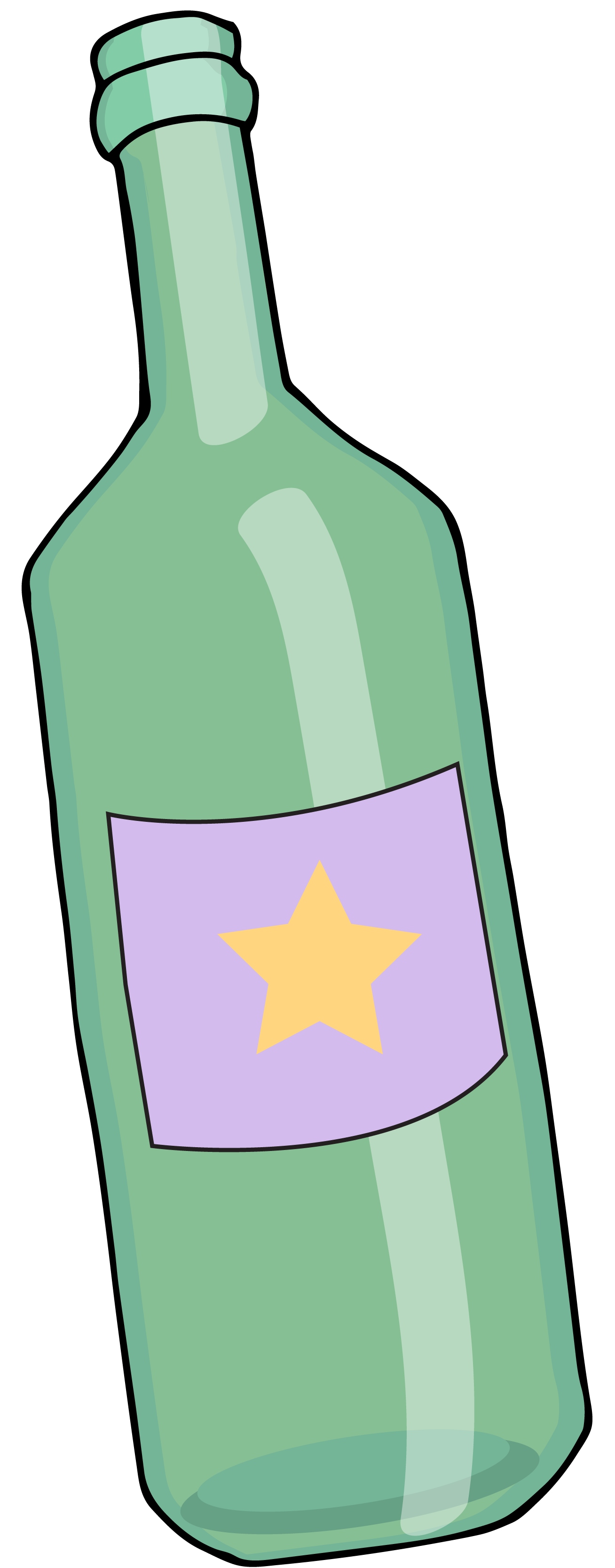
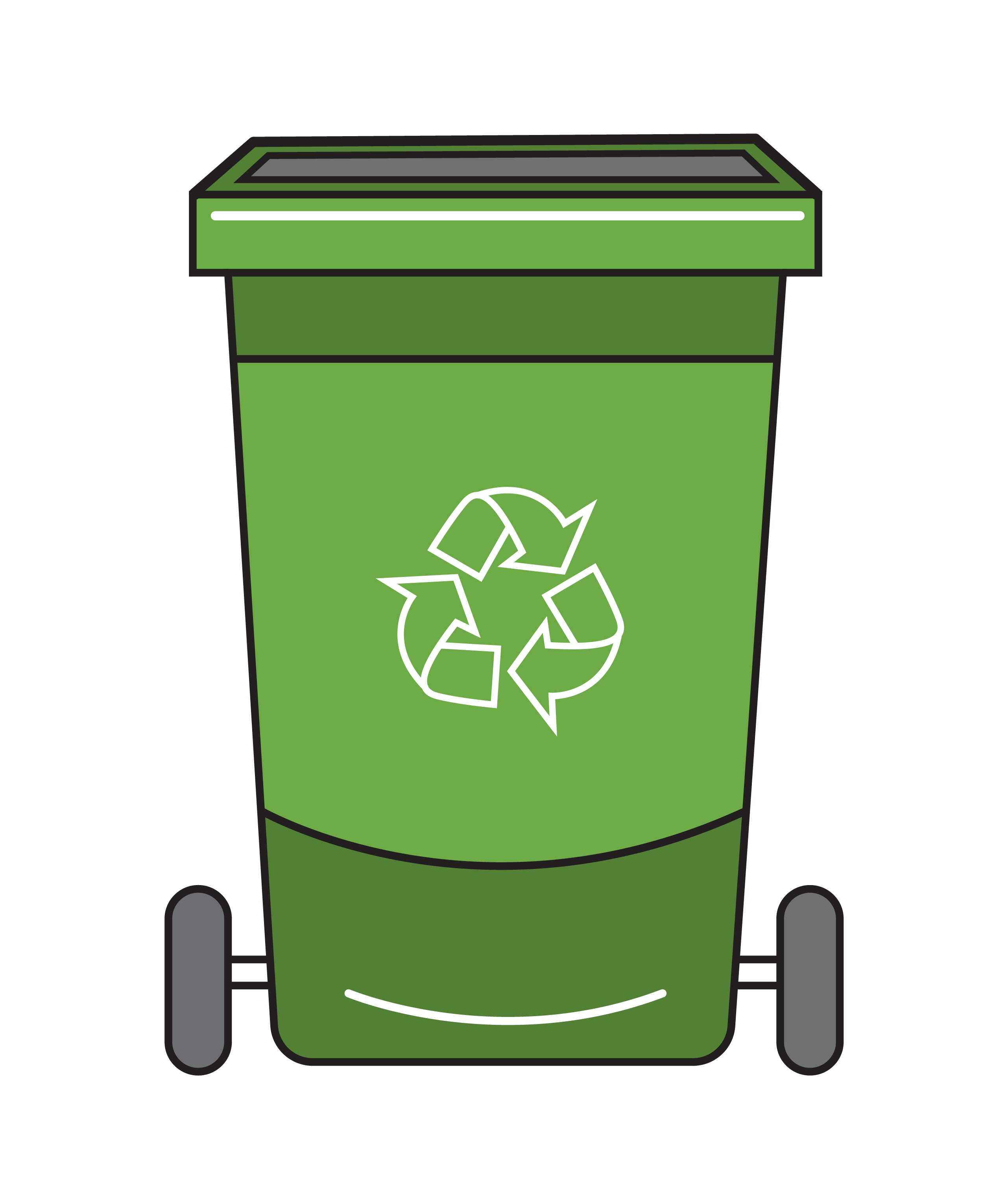
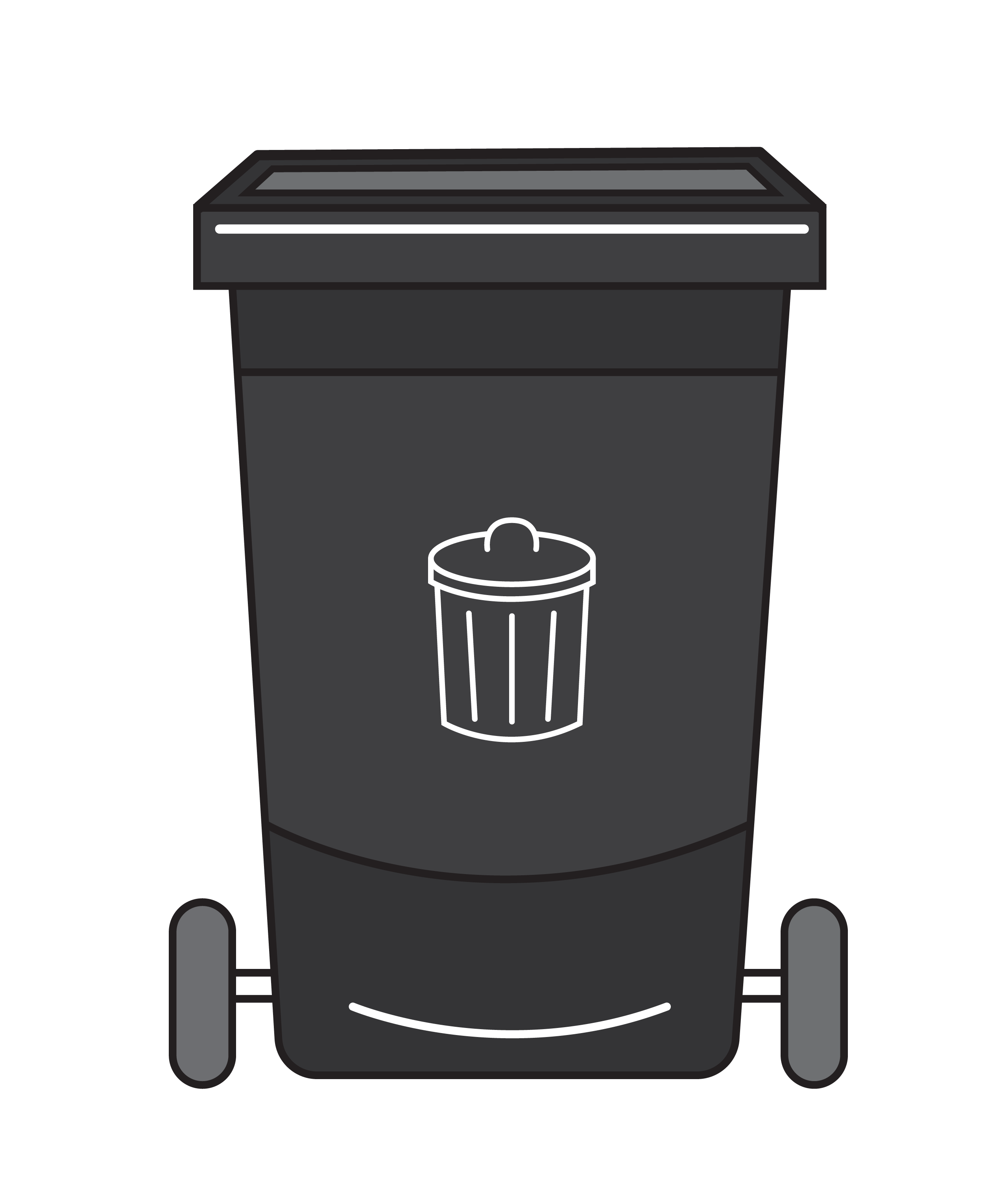
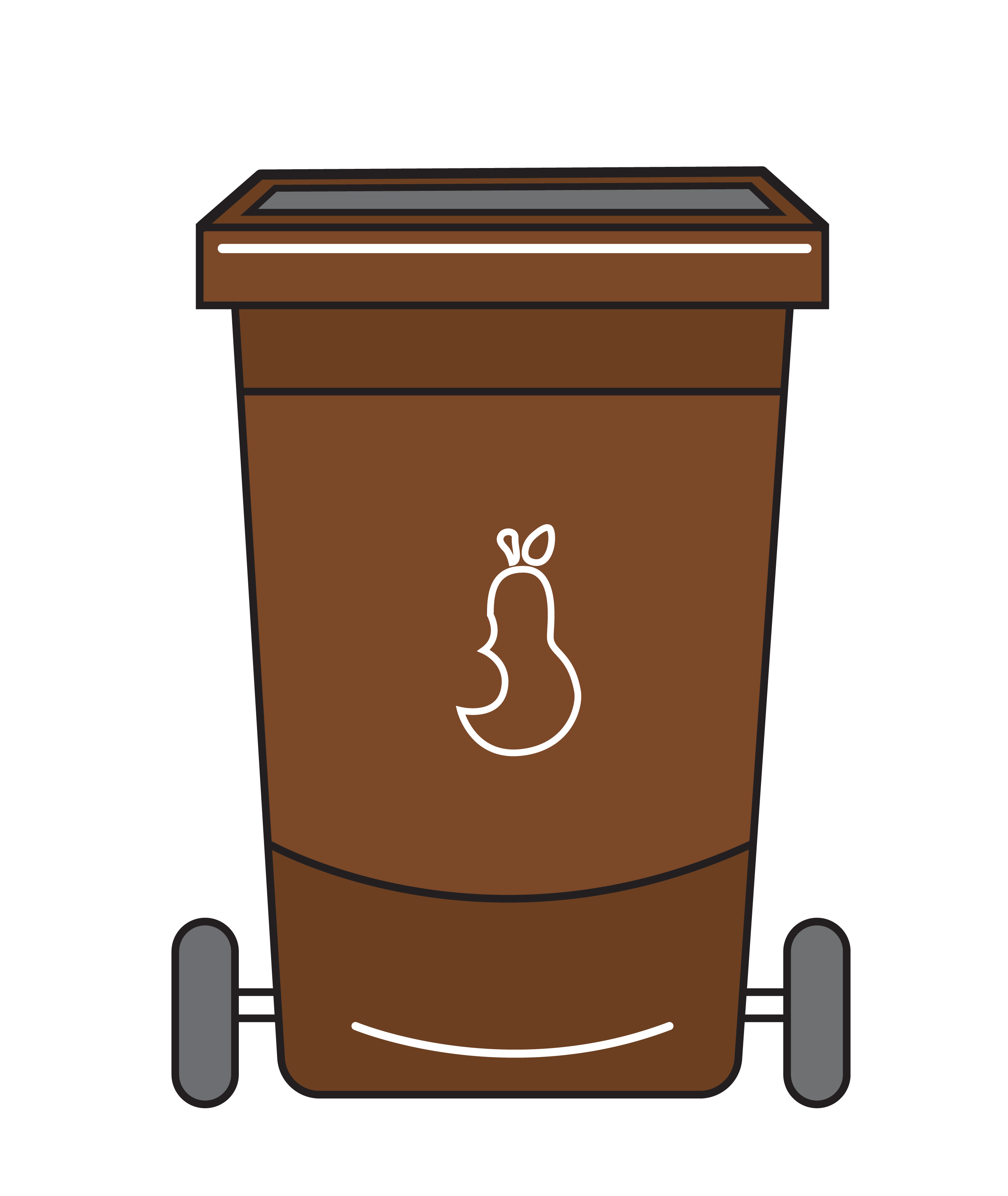
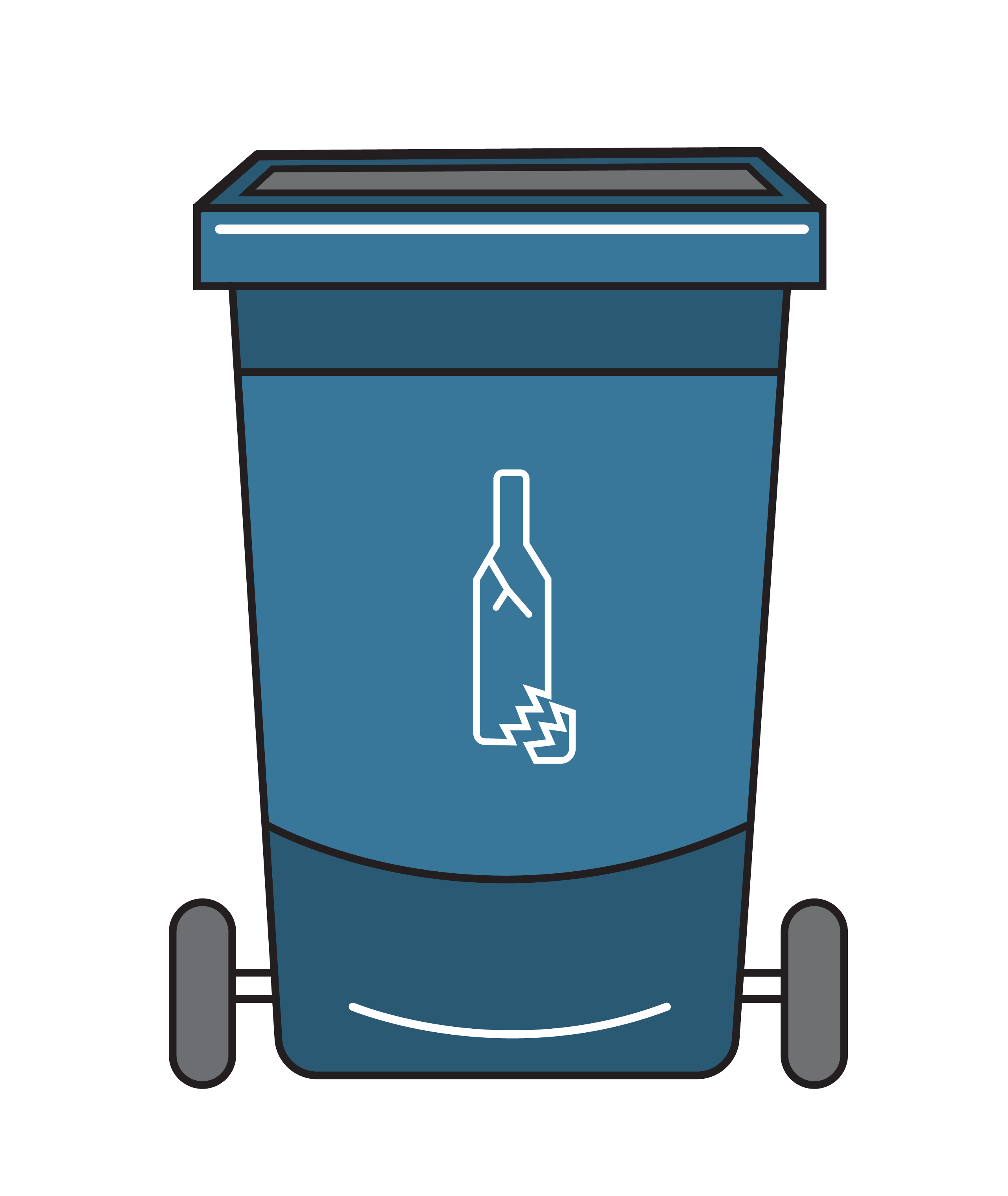
🟢 Congrats, you win 1 point! 👏👏
Like all glass bottles and jars, a beer bottle should be placed into the glass waste bin, regardless of its colour.
The good news is that glass can be recycled infinite times. If glass bins aren’t available, then it’s best to take glass bottles to your local bottle bank.
🔴 Ouchh, you contaminated a bin, you lose 1 point! 🙄
Like all glass bottles and jars, a beer bottle should be placed into the glass waste bin, regardless of its colour.
The good news is that glass can be recycled infinite times. If glass bins aren’t available, then it’s best to take glass bottles to your local bottle bank.
🟠 You can do better! 💪
Like all glass bottles and jars, a beer bottle should be placed into the glass waste bin, regardless of its colour.
The good news is that glass can be recycled infinite times. If glass bins aren’t available, then it’s best to take glass bottles to your local bottle bank.
Challenge 3/3 - quiz 2/10
In what bin does this soiled pizza box go?
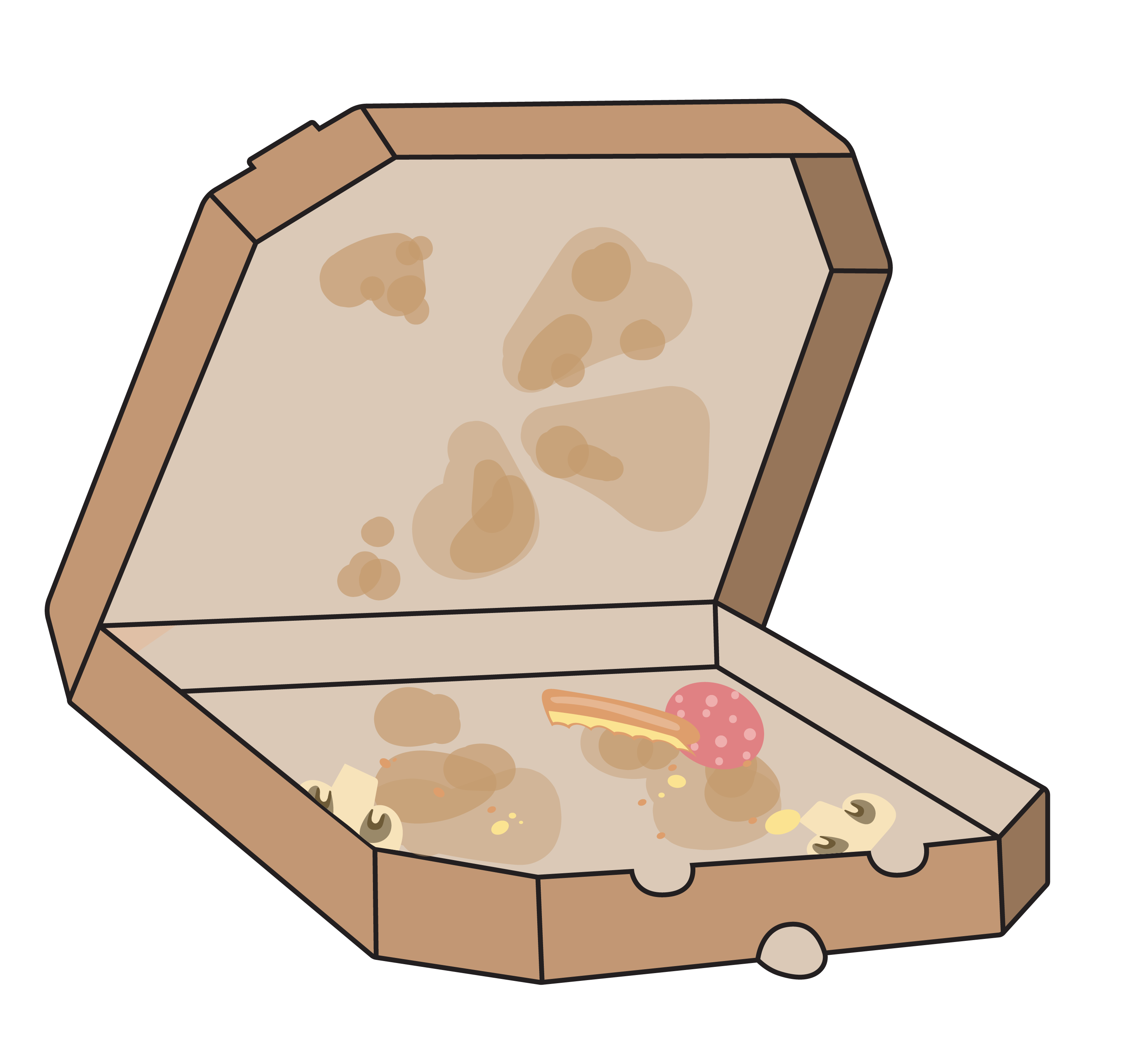




🟢 Nice one, you win 1 point! 👏👏
Your best bet is to place pizza boxes in the food waste bin. Although they are made of paper or cardboard, they usually have food residues in them, which can contaminate recycling bins. Cardboard can easily biodegrade into compost.
If a food waste bin is not available, then it’s best to place them in the general waste bin. You can also put your pizza box in the recycling bin; however, only if it is squeaky clean!
🔴 Nope, you contaminated a bin, you lose 1 point! 🙄
Your best bet is to place pizza boxes in the food waste bin. Although they are made of paper or cardboard, they usually have food residues in them, which can contaminate recycling bins. Cardboard can easily biodegrade into compost.
If a food waste bin is not available, then it’s best to place them in the general waste bin. You can also put your pizza box in the recycling bin; however, only if it is squeaky clean!
🟠 Yes but...
You can place soiled pizza boxes in the food waste bin. Although they are made of paper or cardboard, they usually have food residues in them, which can contaminate recycling bins. Cardboard can easily biodegrade into compost.
If a food waste bin is not available, then it’s best to place them in the general waste bin. You can also put your pizza box in the recycling bin; however, only if it is squeaky clean!
Challenge 3/3 - quiz 3/10
In what bin does this crisp packet go?
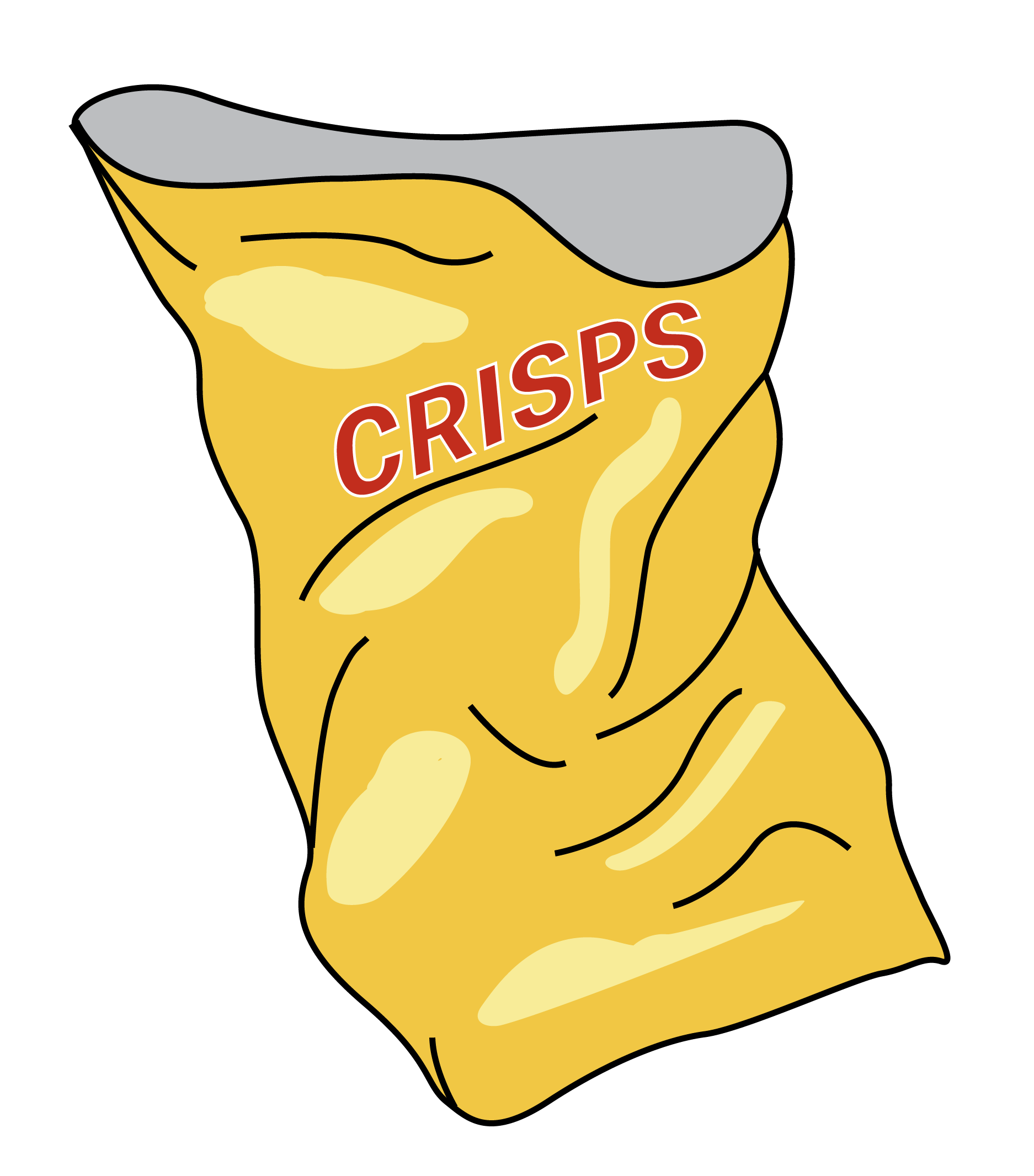




🟢 Well done, you earn 1 point! 👏👏
Crisp packets are considered soft plastics and should go in the recycling bin.
In Ireland, all plastics, including soft plastics are accepted in the recycling bin!
🔴 Oh no, you contaminated a bin, you lose 1 point! 😅
Crisp packets are considered soft plastics and should go in the recycling bin.
In Ireland, all plastics, including soft plastics are accepted in the recycling bin!
🟠 Ok, but you could have recycled it! 😉
Packets of crisps are considered soft plastics and should go in the recycling bin.
Soft plastics are plastics you can crunch in your hand. All plastics, including soft plastics, are now accepted in the recycling bin.
Challenge 3/3 - quiz 4/10
How about this used tissue paper, in what bin does it go?
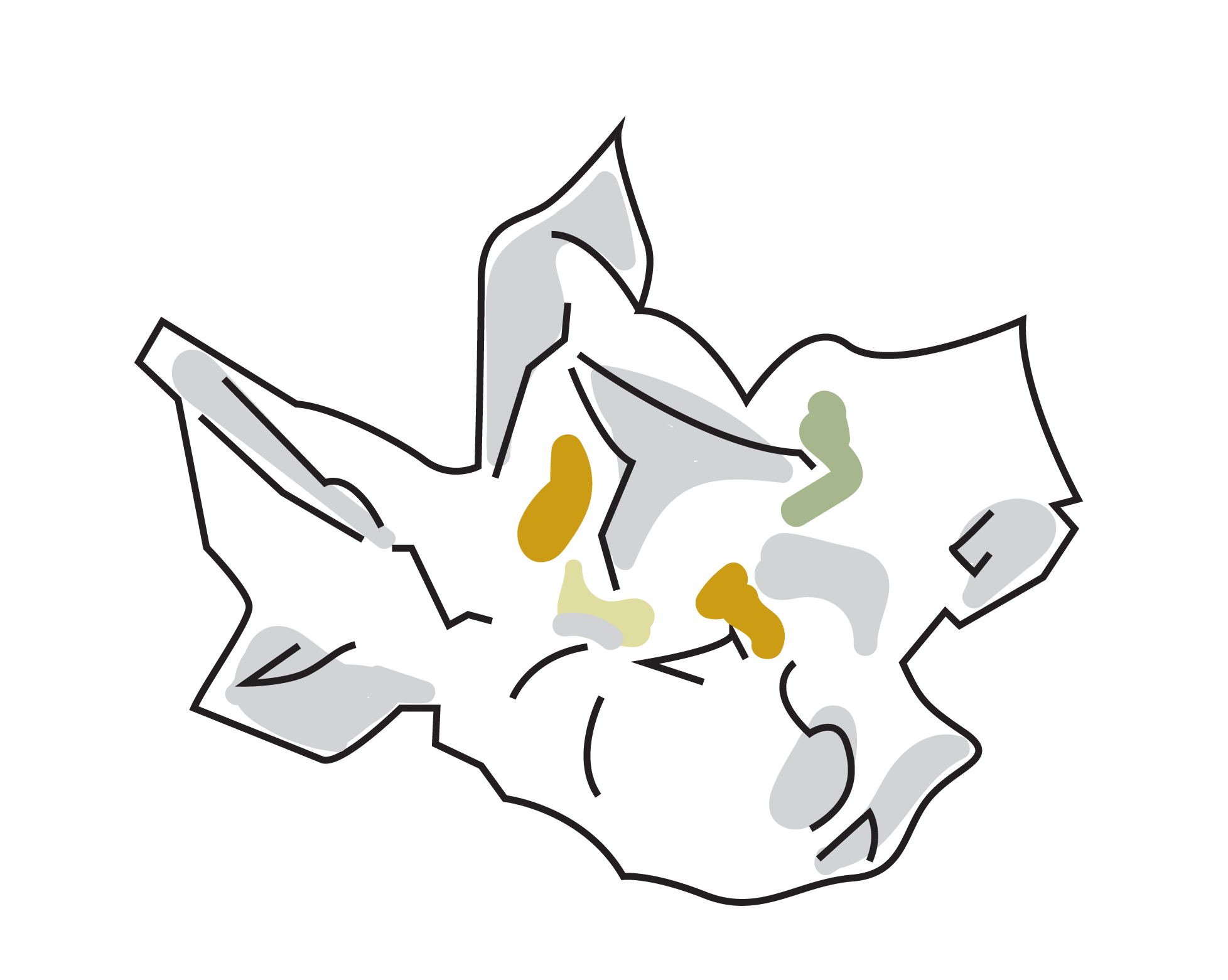




🟢 Correct, +1 point! 👏👏
Used tissues should be placed in the general waste bin.
Though tissues are made from paper, if they are dirty, they should be placed in the general waste bin to avoid contamination.
🔴 Ouchh, you contaminated a bin, -1 point! 😅
Used tissues should be placed in the general waste bin.
Though tissues are made from paper, if they are dirty, they should be placed in the general waste bin to avoid contamination.
🟠 Next time!
Used tissues should be placed in the general waste bin.
Though tissues are made from paper, if they are dirty, they should be placed in the general waste bin to avoid contamination.
Challenge 3/3 - quiz 5/10
You're halfway there! In what bin does this packaging material go?
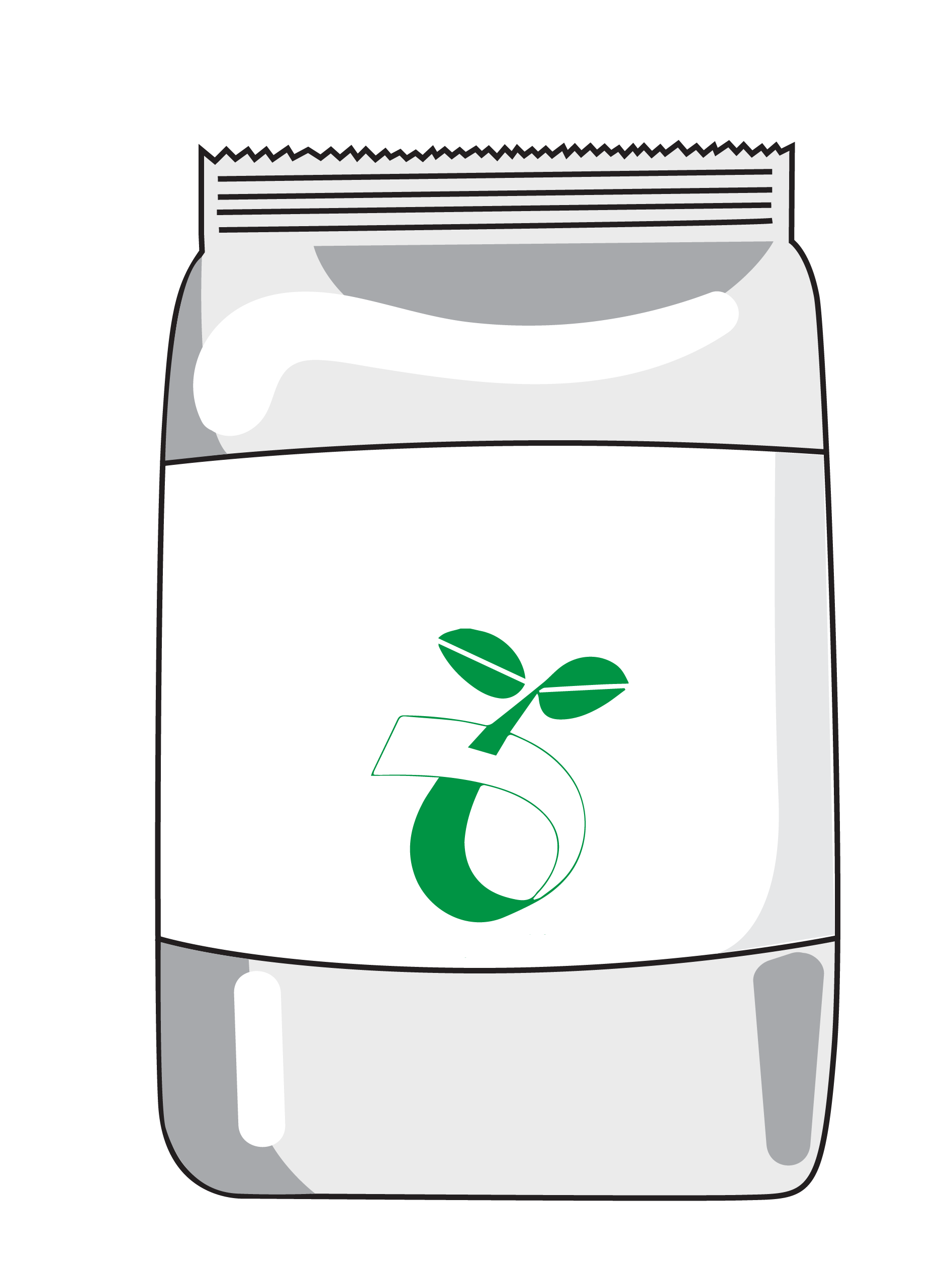




🟢 Spot on! you win 1 point 🤠
This packaging is certified as industrially compostable and should be placed in the food waste bin.
Although they might look like regular plastics, do not place them with other plastics because they are designed to break down and can contaminate recyclable plastics.
🔴 Oups, you contaminated a bin, you lose 1 point! 🙁
This packaging is certified as industrially compostable and should be placed in the food waste bin.
Although they might look like regular plastics, do not place them with other plastics because they are designed to break down and can contaminate recyclable plastics.
🟠 You'll do better next time! 💪
This packaging is certified as industrially compostable and should be placed in the food waste bin.
Although they might look like regular plastics, do not place them with other plastics because they are designed to break down and can contaminate recyclable plastics.
Challenge 3/3 - quiz 6/10
In what bin does this carton go?
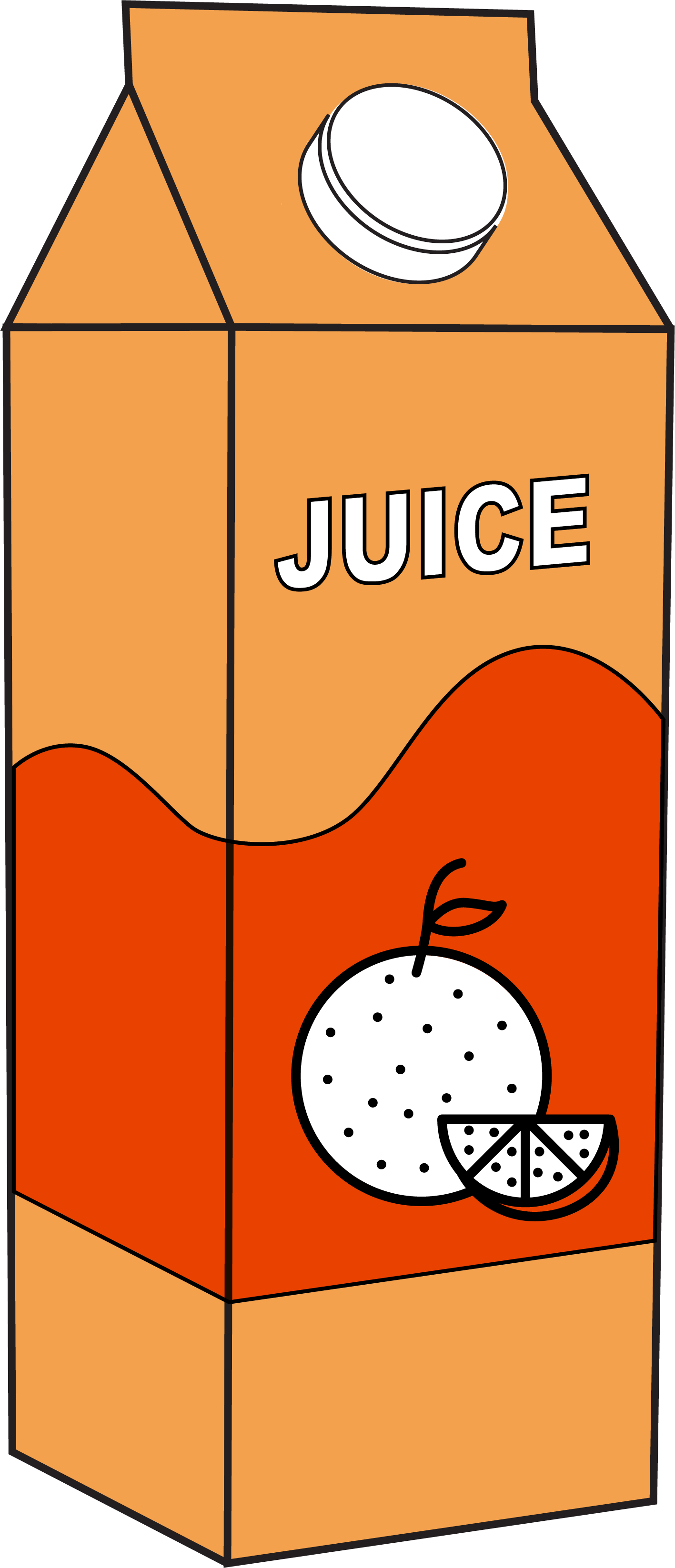




🟢 Well done, +1 point! 😀
Cartons, such as the ones orange juice comes in, should be placed in the recycling bin.
Cartons, commonly known as Tetra Pak, are generally made of paper with a plastic and aluminium foil lining inside them. These different materials can be easily separated and recycled at recycling facilities.
Remember,they should be clean, dry and loose!🔴 Nope, you contaminated a bin, -1 point! 🙁
Cartons, such as the ones orange juice comes in, should be placed in the recycling bin.
Cartons, commonly known as Tetra Pak, are generally made of paper with a plastic and aluminium foil lining inside them. These different materials can be easily separated and recycled at recycling facilities.
Remember,they should be clean, dry and loose!🟠 You can actually recycle this...
Cartons, such as the ones orange juice comes in, should be placed in the recycling bin.
Cartons, commonly known as Tetra Pak, are generally made of paper with a plastic and aluminium foil lining inside them. These different materials can be easily separated and recycled at recycling facilities.
Remember,they should be clean, dry and loose!Challenge 3/3 - quiz 7/10
In what bin does this go?
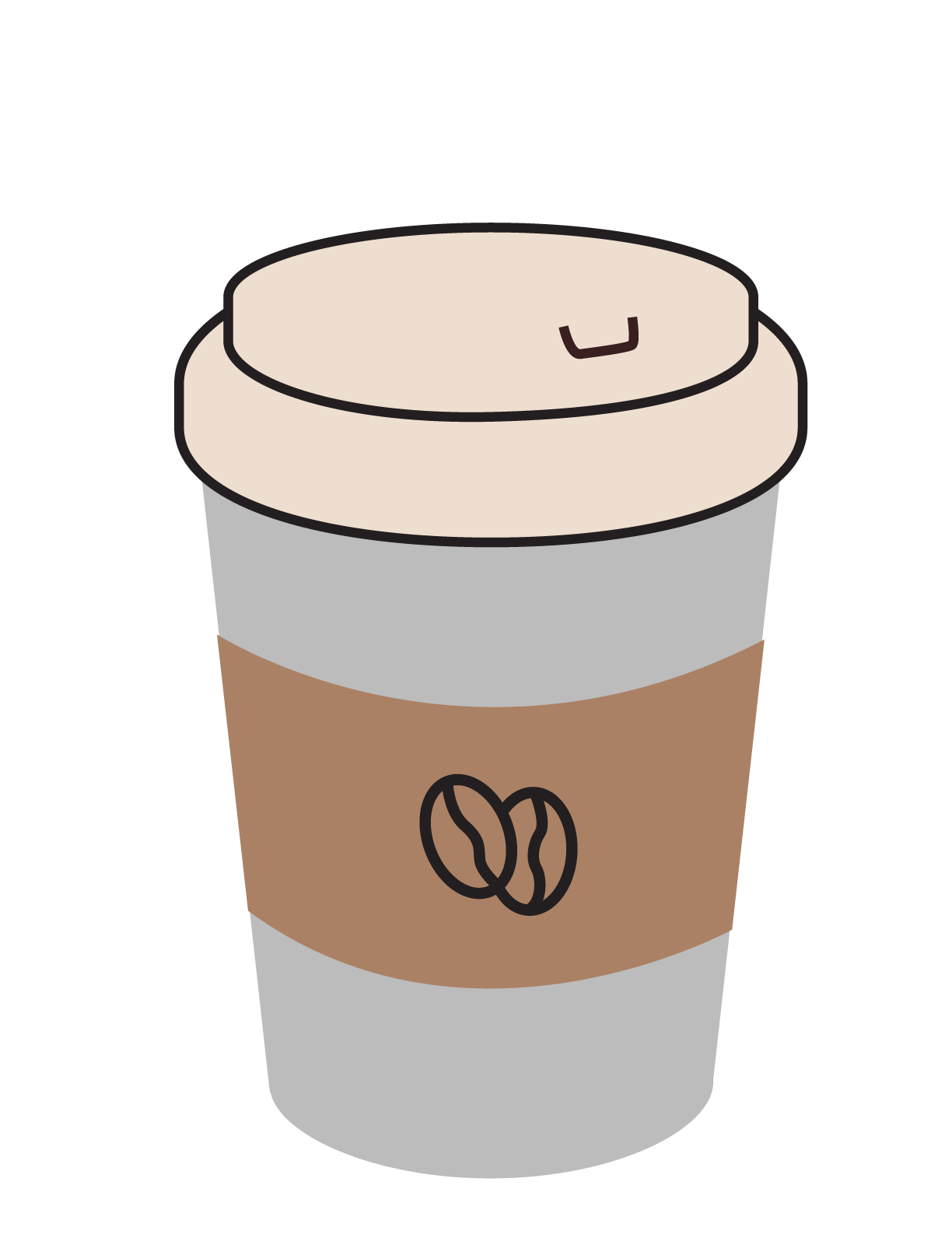




🟢 Correct, you win 1 point! 👏👏
Disposable coffee cups should be placed in the general waste bin. To stop your drink from leaking out, most cups have a thin plastic lining inside them, making them impossible to process in conventional recycling plants.
Some disposable coffee cups are made of ‘bio-plastics’. However, these should still be placed in the general waste bin. While they might be made from plant-based materials, they do not necessarily break down in nature.
Only disposable coffee cups that are certified as ‘compostable‘ should be placed in the food waste bin. If you are unsure, placing them in the general waste bin is still best to avoid contaminating the food waste bin.
🔴 Incorrect, you contaminated a bin, you lose 1 point! 😅
Disposable coffee cups should be placed in the general waste bin. To stop your drink from leaking out, most cups have a thin plastic lining inside them, making them impossible to process in conventional recycling plants.
Some disposable coffee cups are made of ‘bio-plastics’. However, these should still be placed in the general waste bin. While they might be made from plant-based materials, they do not necessarily break down in nature.
Only disposable coffee cups that are certified as ‘compostable‘ should be placed in the food waste bin. If you are unsure, placing them in the general waste bin is still best to avoid contaminating the food waste bin.
🟠 Yes, but ...
Disposable coffee cups should be placed in the general waste bin. To stop your drink from leaking out, most cups have a thin plastic lining inside them, making them impossible to process in conventional recycling plants.
Some disposable coffee cups are made of ‘bio-plastics’. However, these should still be placed in the general waste bin. While they might be made from plant-based materials, they do not necessarily break down in nature.
Only disposable coffee cups that are certified as ‘compostable‘ should be placed in the food waste bin. If you are unsure, placing them in the general waste bin is still best to avoid contaminating the food waste bin.
Challenge 3/3 - quiz 8/10
Only 3 quizzes left. In what bin does this tube go?
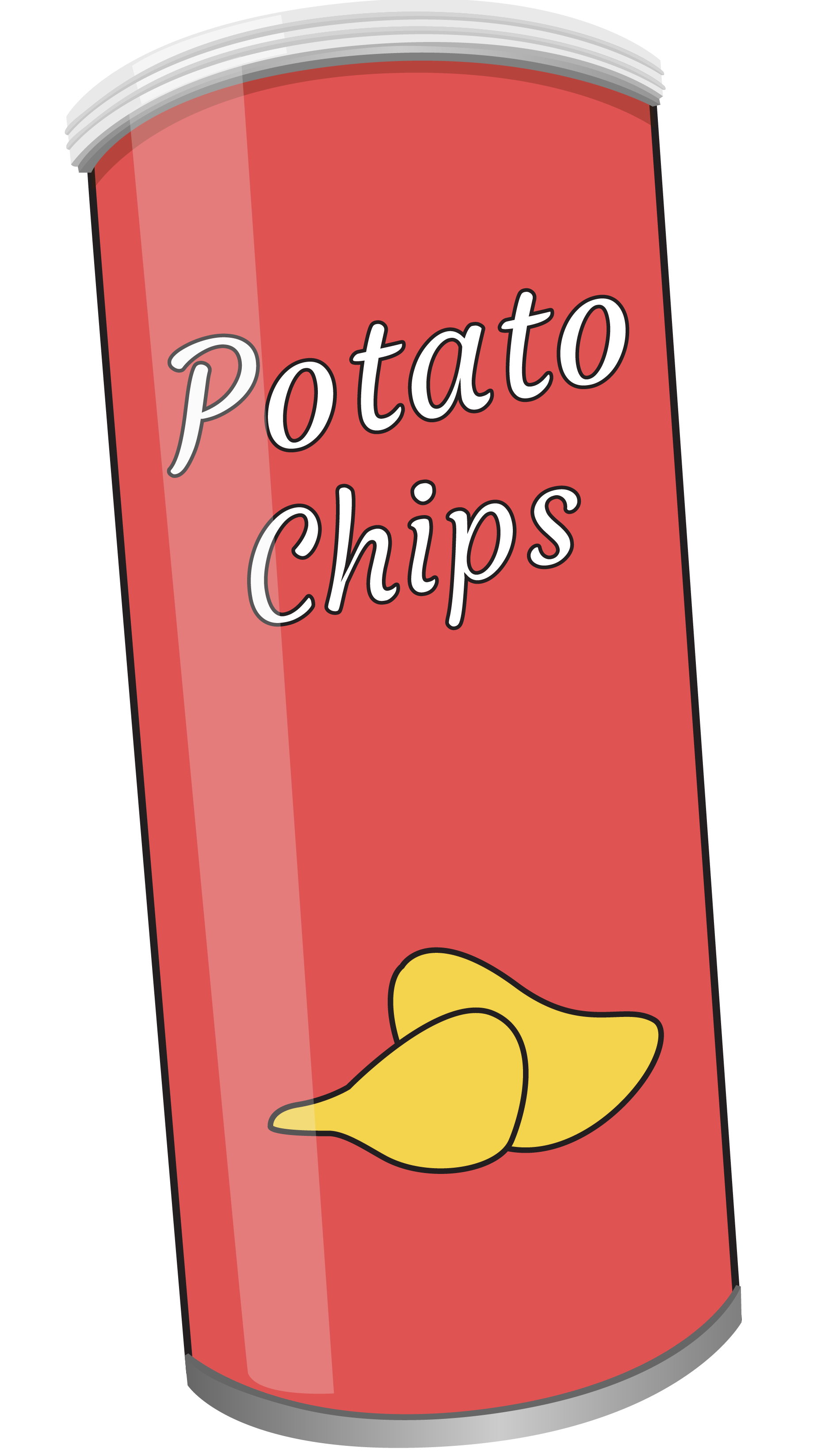




🟢 Correct, +1 point! 👏👏
Although the plastic lid can be placed in the recycling bin, the Pringles tube should be placed in the general waste bin.
The tube comprises layers of different materials (i.e., paper, plastic and metal) which cannot be easily separated at recycling facilities.
🔴 Oups, you contaminated a bin, -1 point! 🙄
Although the plastic lid can be placed in the recycling bin, the Pringles tube should be placed in the general waste bin.
The tube comprises layers of different materials (i.e., paper, plastic and metal) which cannot be easily separated at recycling facilities.
🟠 Come on, you can do better! 💪
Although the plastic lid can be placed in the recycling bin, the Pringles tube should be placed in the general waste bin.
The tube comprises layers of different materials (i.e., paper, plastic and metal) which cannot be easily separated at recycling facilities.
Challenge 3/3 - quiz 9/10
And this aluminium wrap and tray, in what bin do they go?
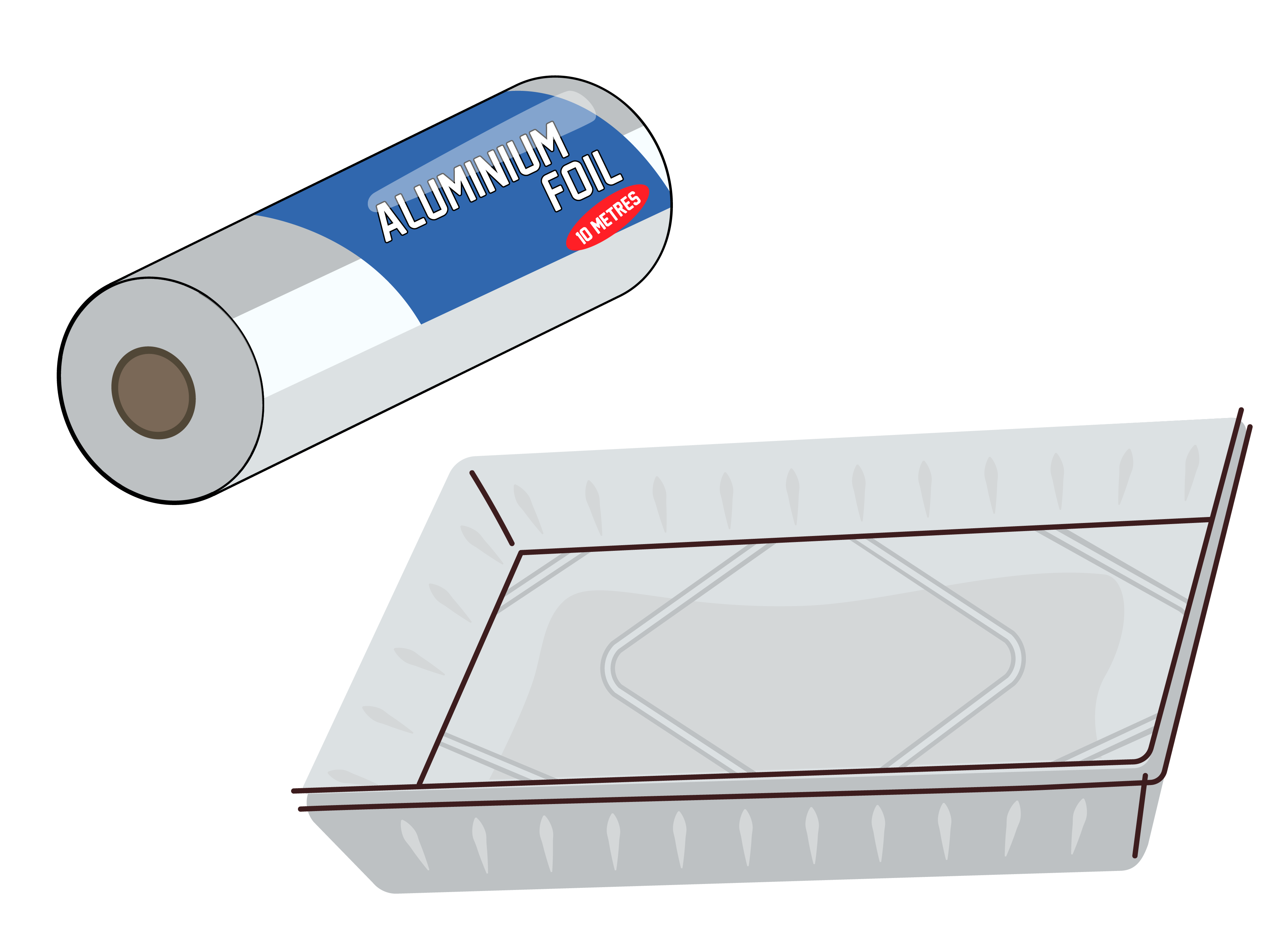




🟢 Congrats, +1 point! 👏👏
Aluminium foil and trays are a type of metal similar to tins & cans and should be placed in the recycling bin.
Make sure to rinse them well before placing them in the recycling bin. Remember, they should be clean, dry and loose!
🔴 Nope... you contaminated a bin, you lose 1 point! 🙄
Aluminium foil and trays are a type of metal similar to tins & cans and should be placed in the recycling bin.
Make sure to rinse them well before placing them in the recycling bin. Remember, they should be clean, dry and loose!
🟠 You can actually recycle these...
Aluminium foil and trays are a type of metal similar to tins & cans and should be placed in the recycling bin.
Make sure to rinse them well before placing them in the recycling bin. Remember, they should be clean, dry and loose!
Challenge 3/3 - quiz 10/10
This is the last one! In what bin does this plastic pasta bag go?
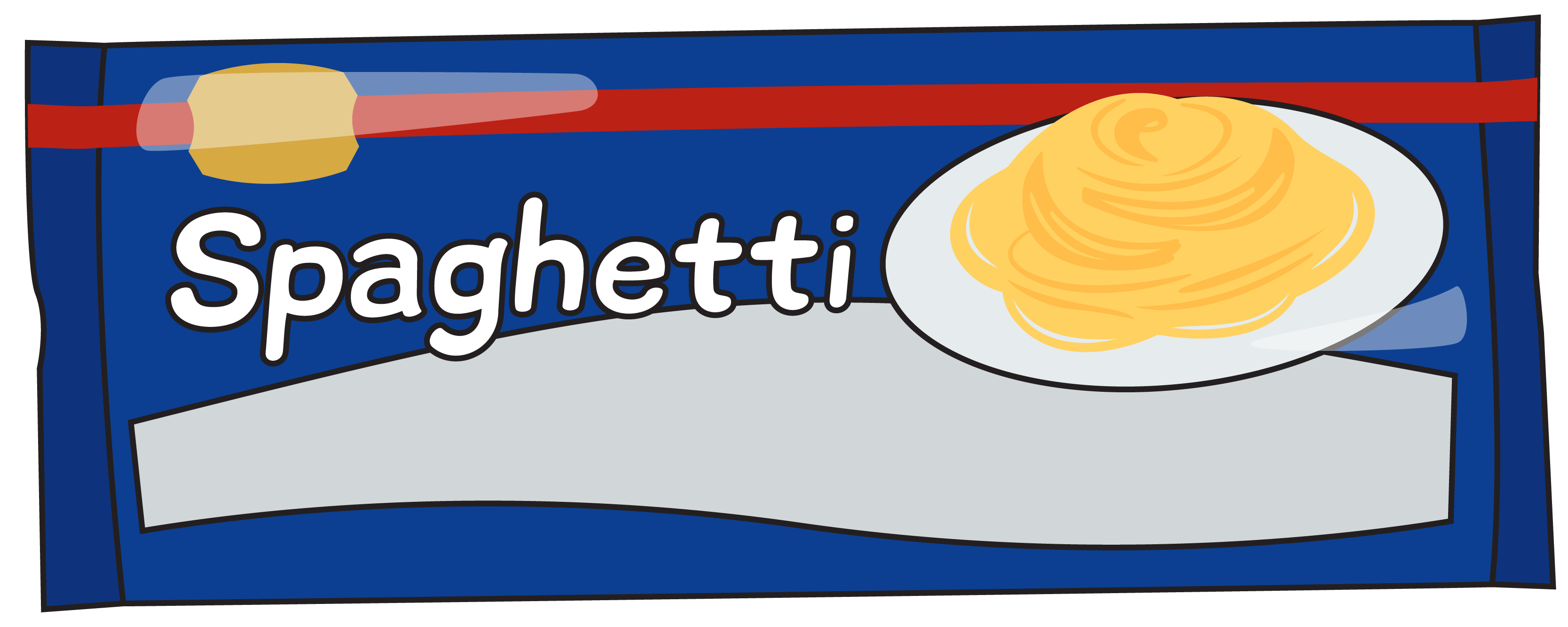




🟢 Correct, you earn 1 point! 👏👏
Pasta bags are considered soft plastics and should go in the recycling bin.
Soft plastic is any type of plastic that you can scrunch in your hand. All plastics are now accepted in the recycling bin!
🔴 Incorrect, you contaminated a bin, you lose 1 point! 🙄
Pasta bags are considered soft plastics and should go in the recycling bin.
Soft plastic is any type of plastic that you can scrunch in your hand. All plastics are now accepted in the recycling bin!
🟠 Remember to recycle this next time! 💪
Pasta bags are considered soft plastics and should go in the recycling bin.
Soft plastic is any type of plastic that you can scrunch in your hand. All plastics are now accepted in the recycling bin!

Congrats, you’ve completed level 2: the final step of the waste hierarchy 👏🚀
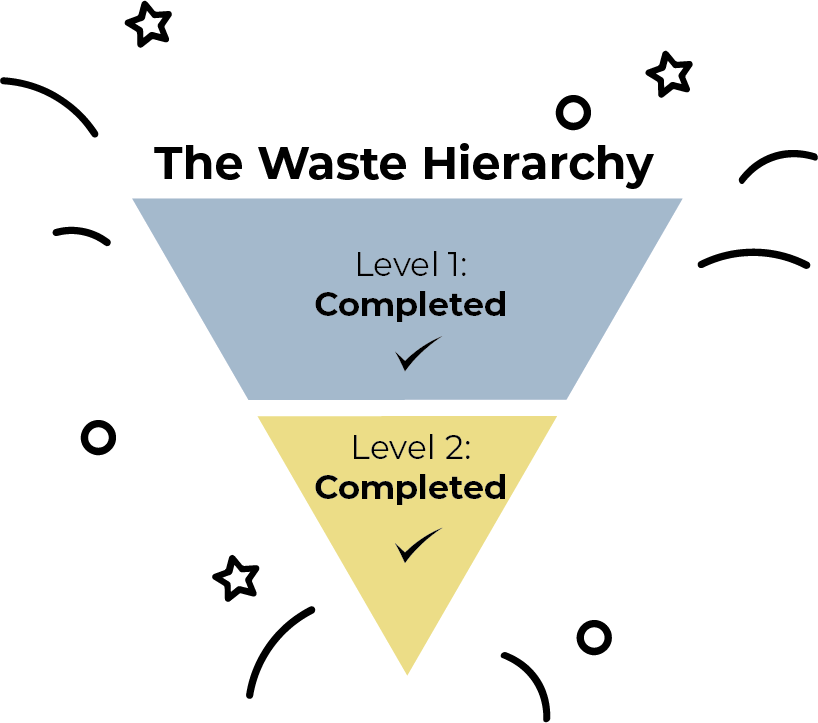
Increase recycling on campus this year by selecting the actions you commit to. Together, we can avoid waste contamination and double the amount of waste that can be recycled!
